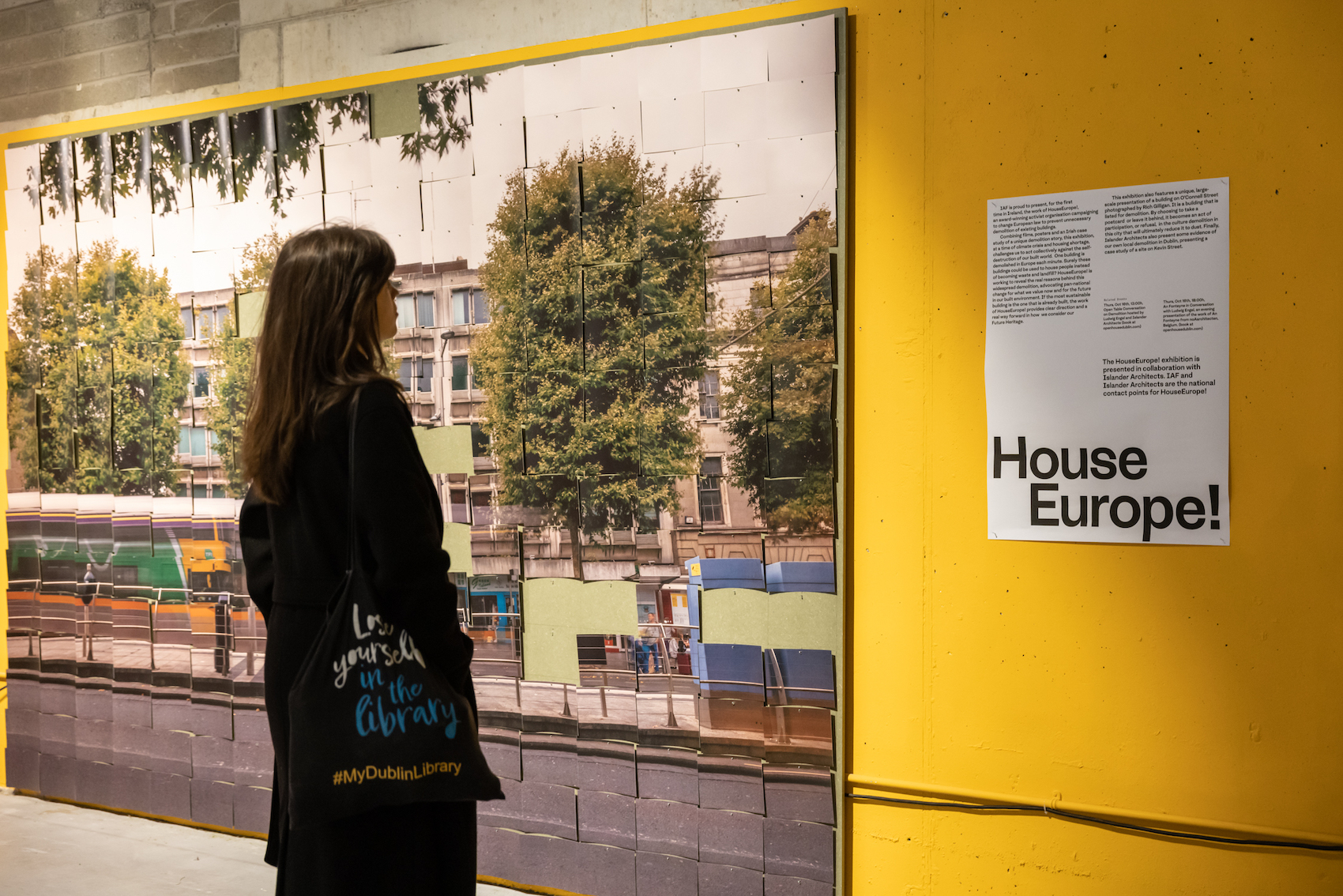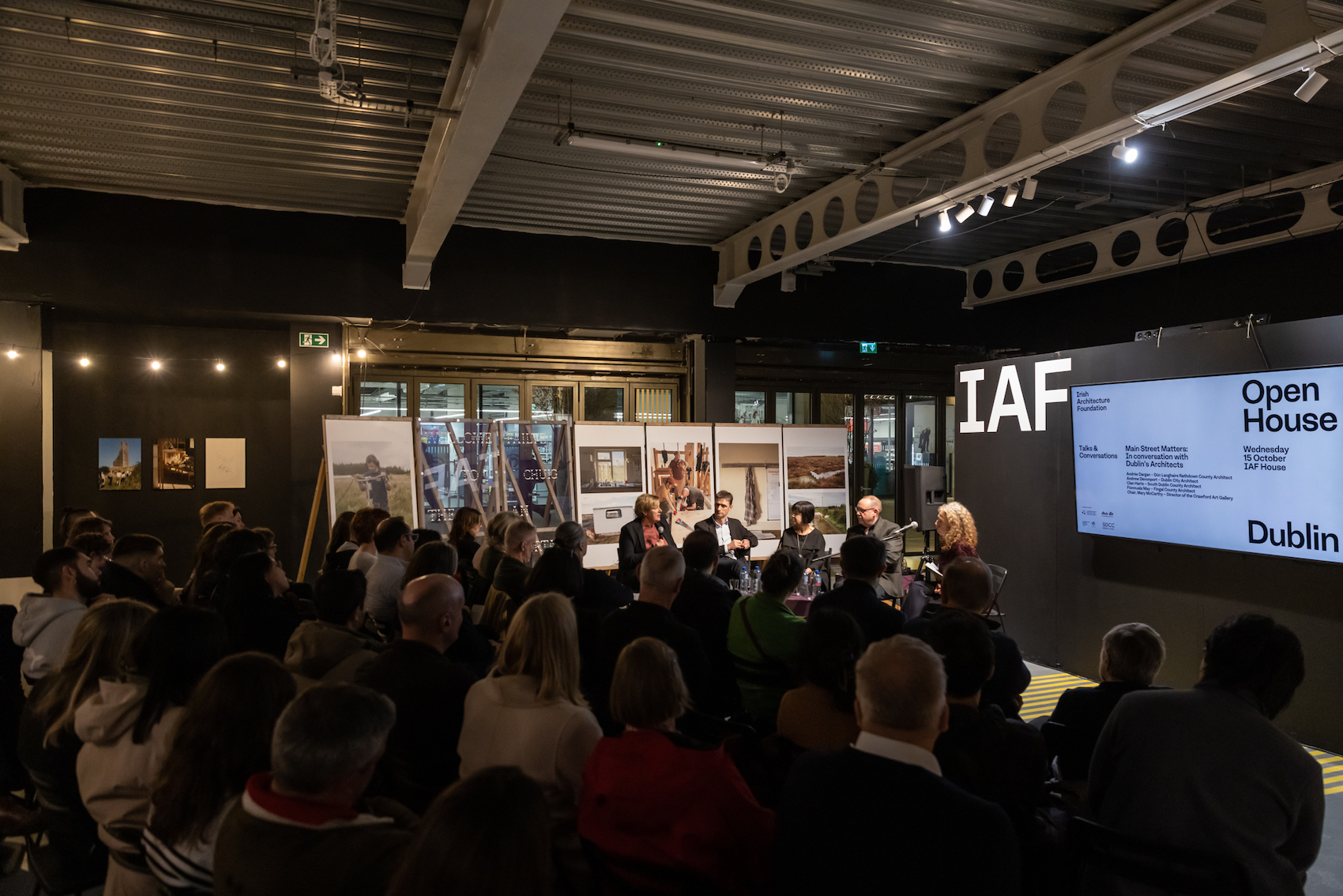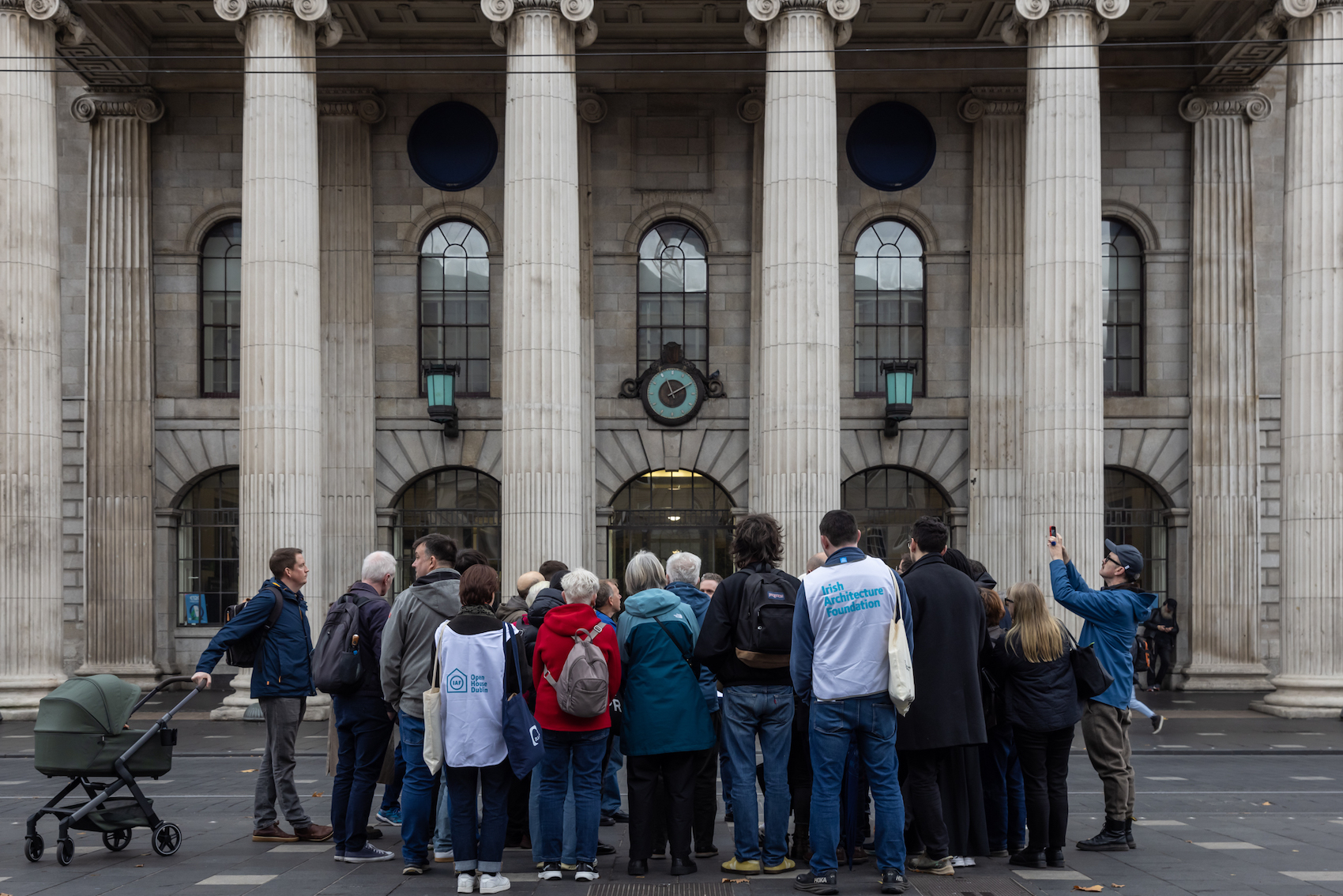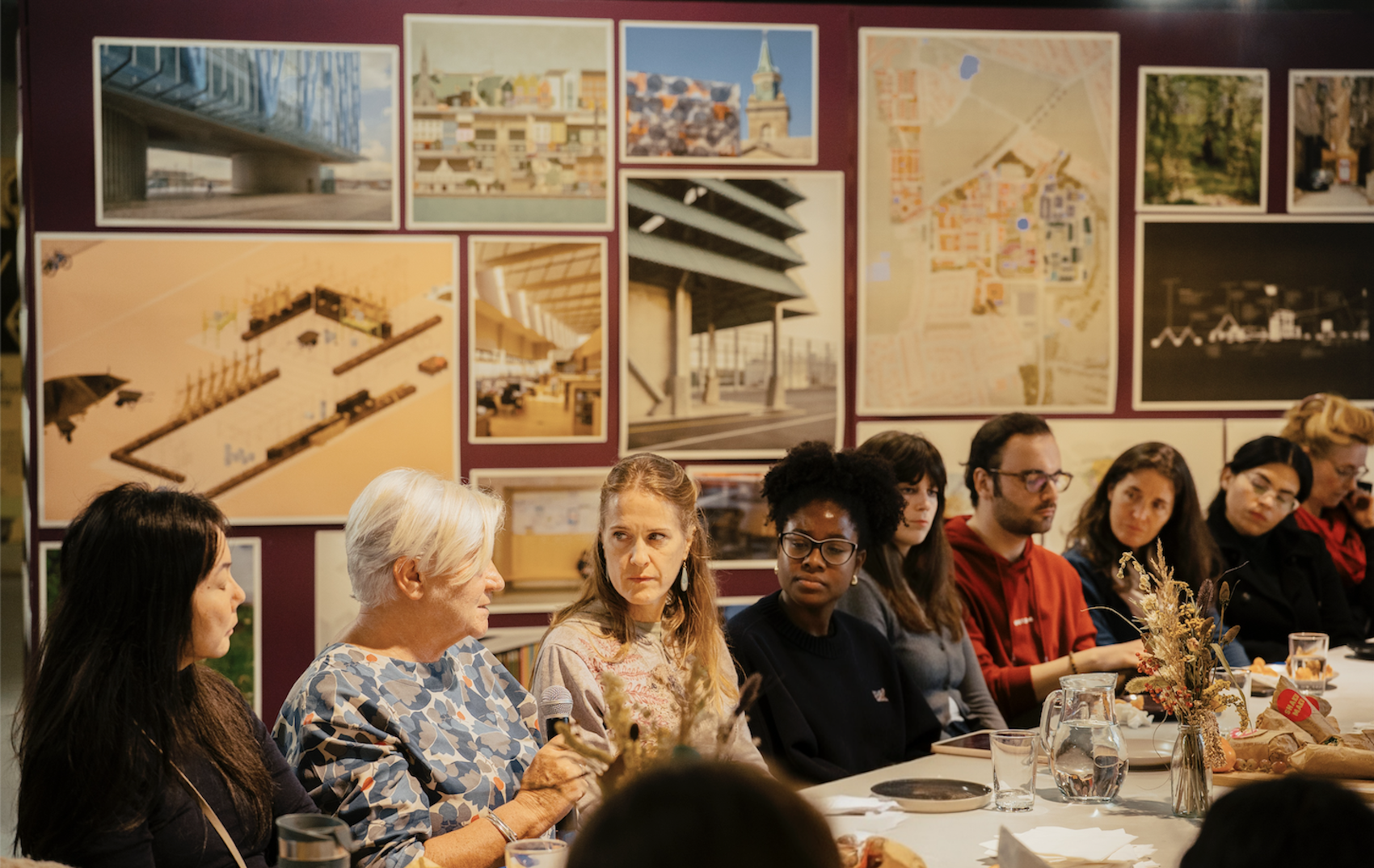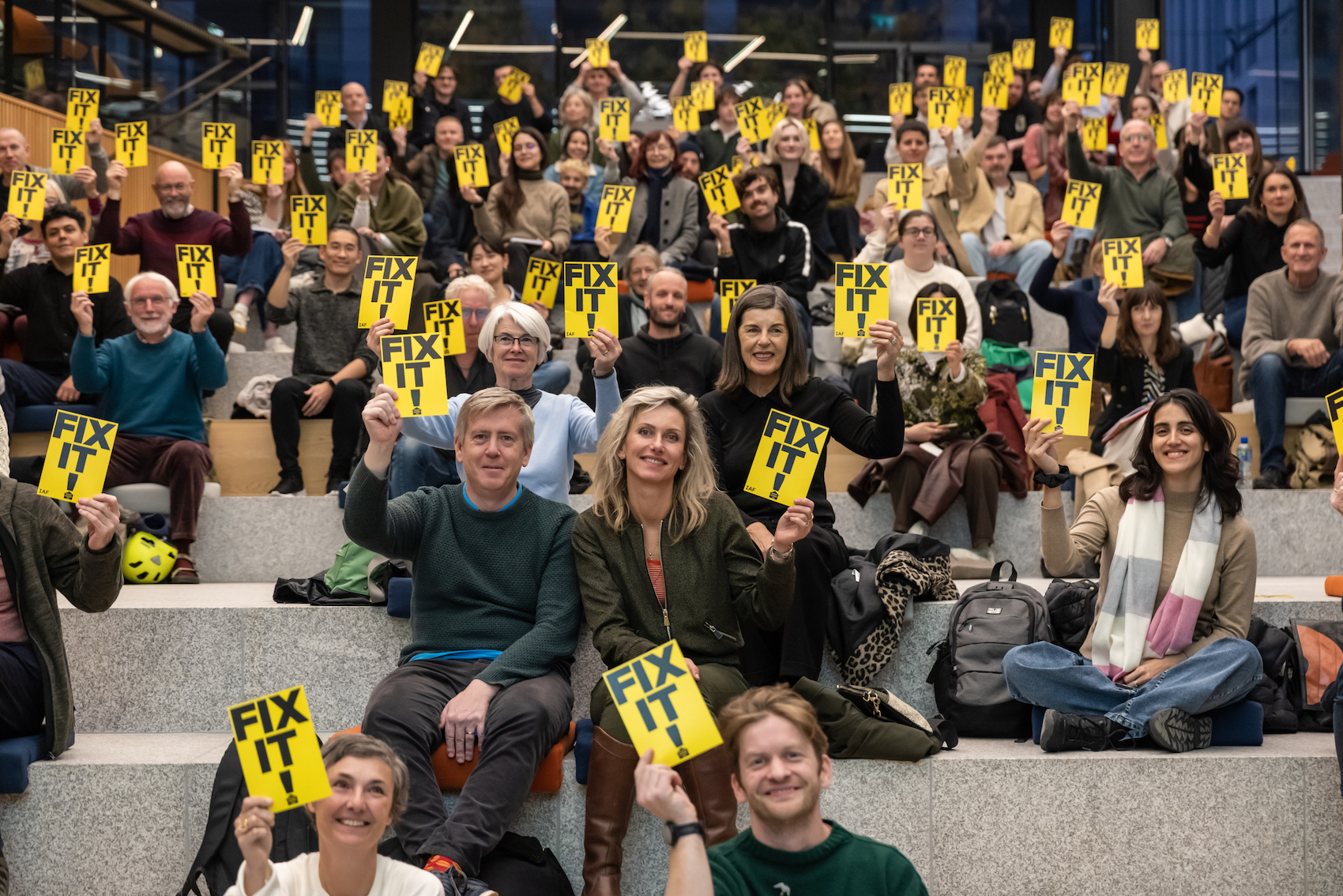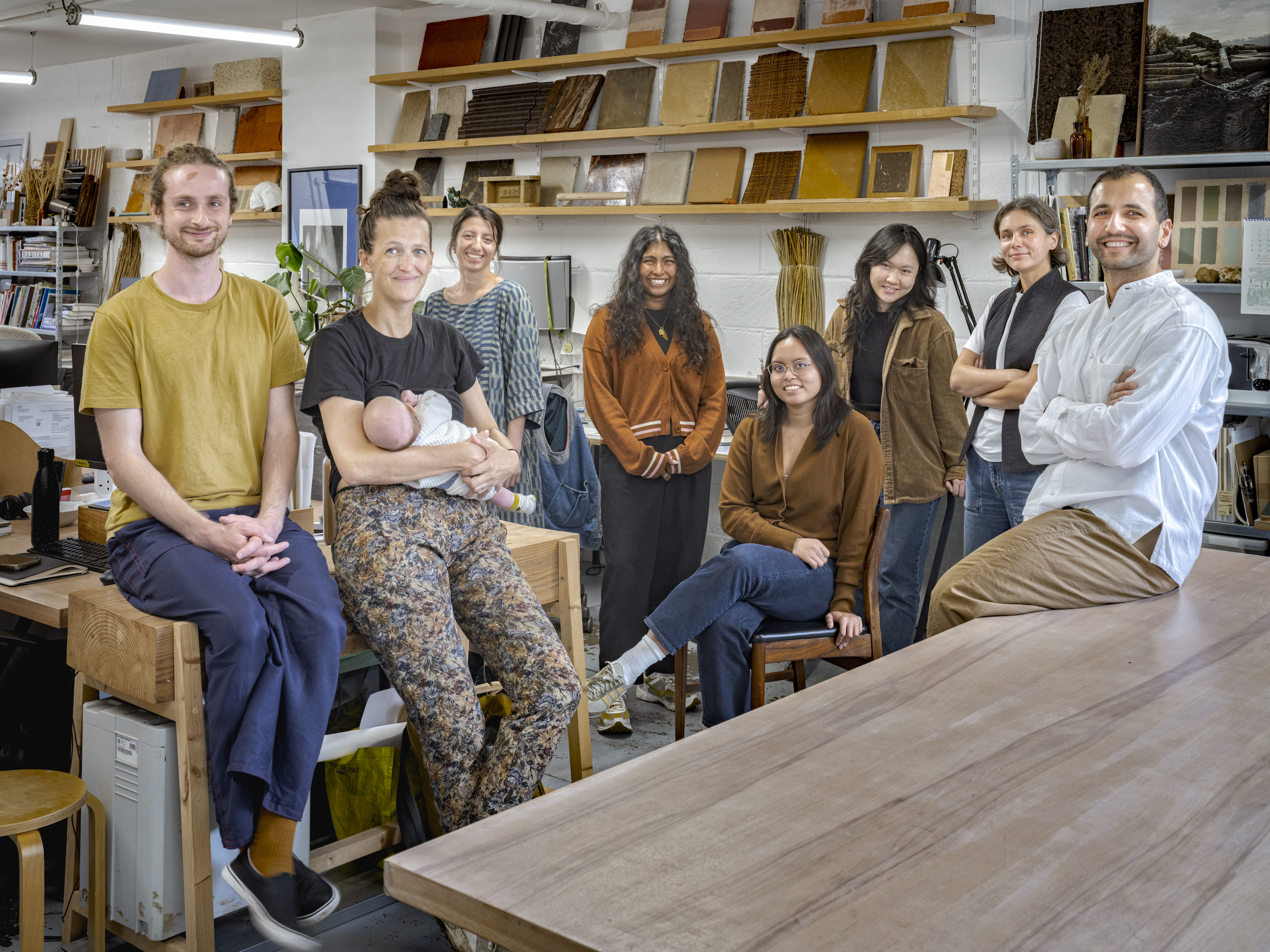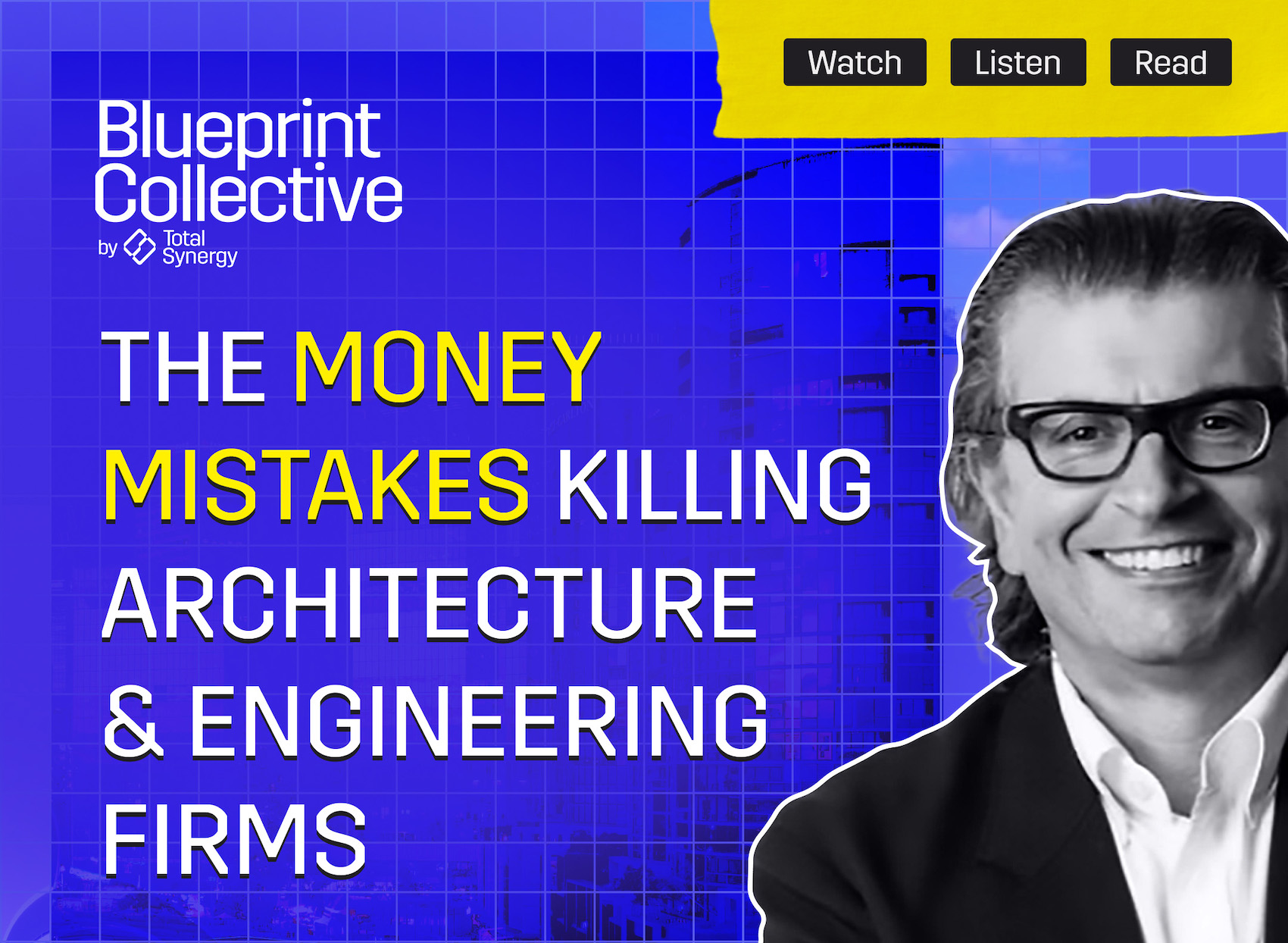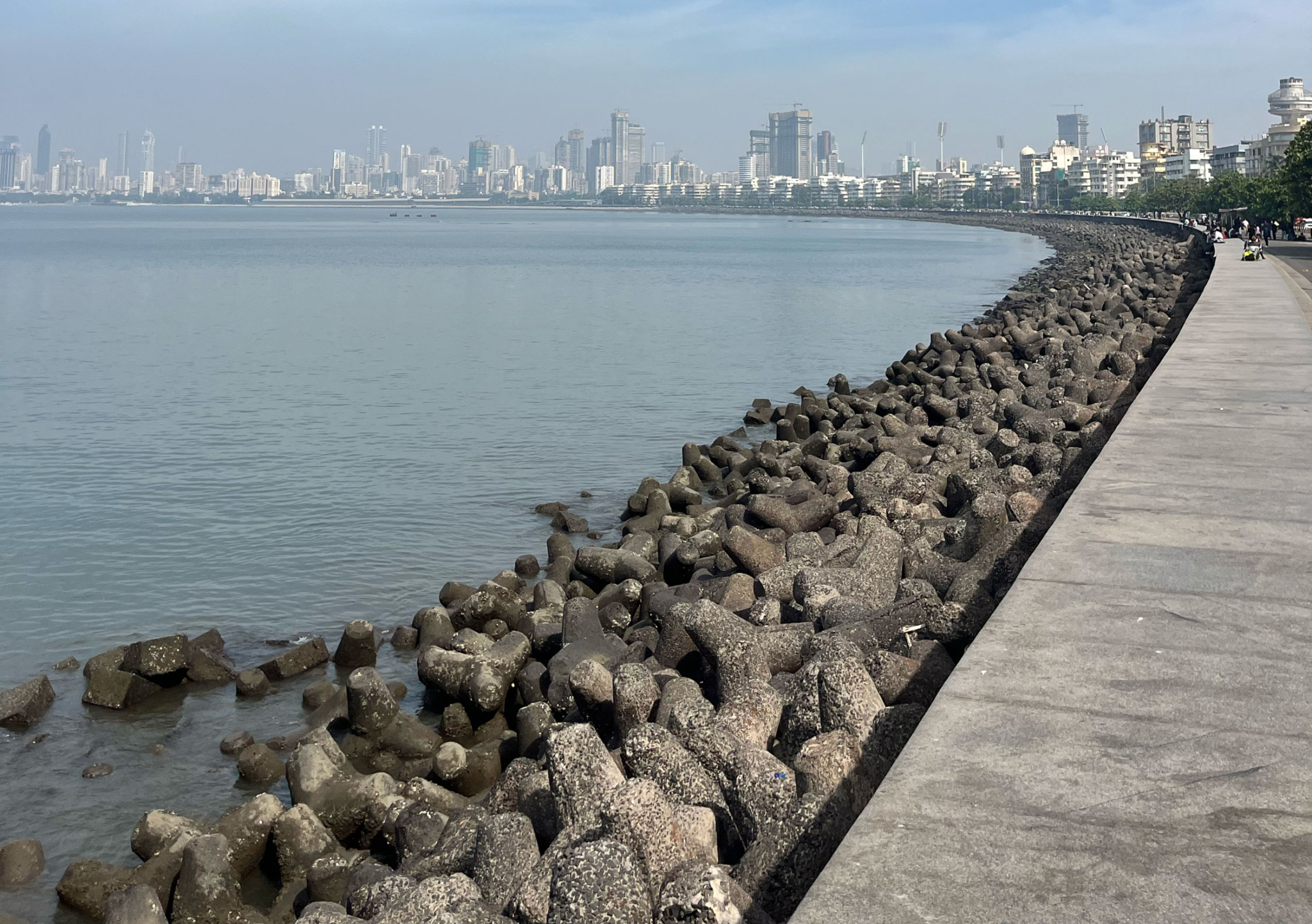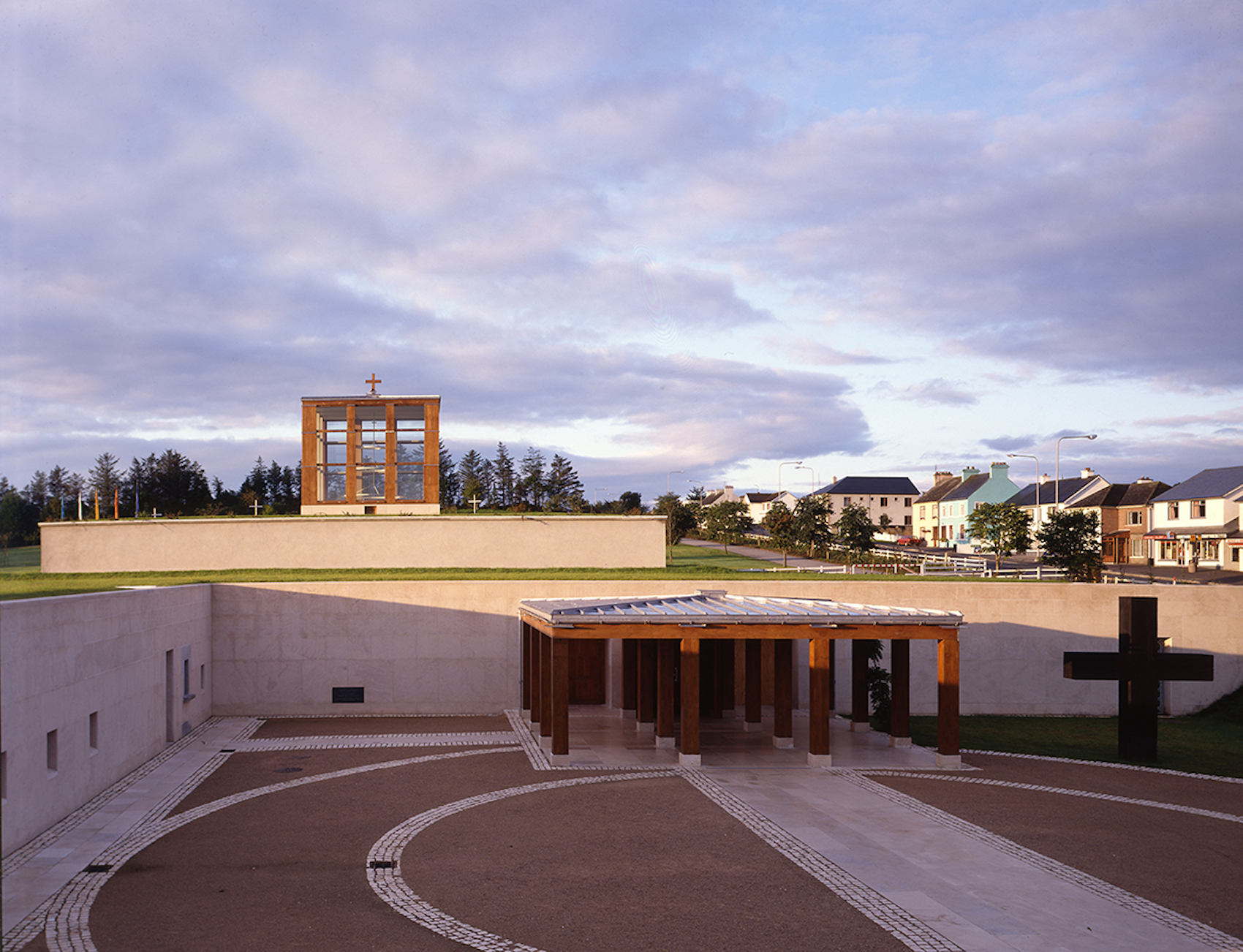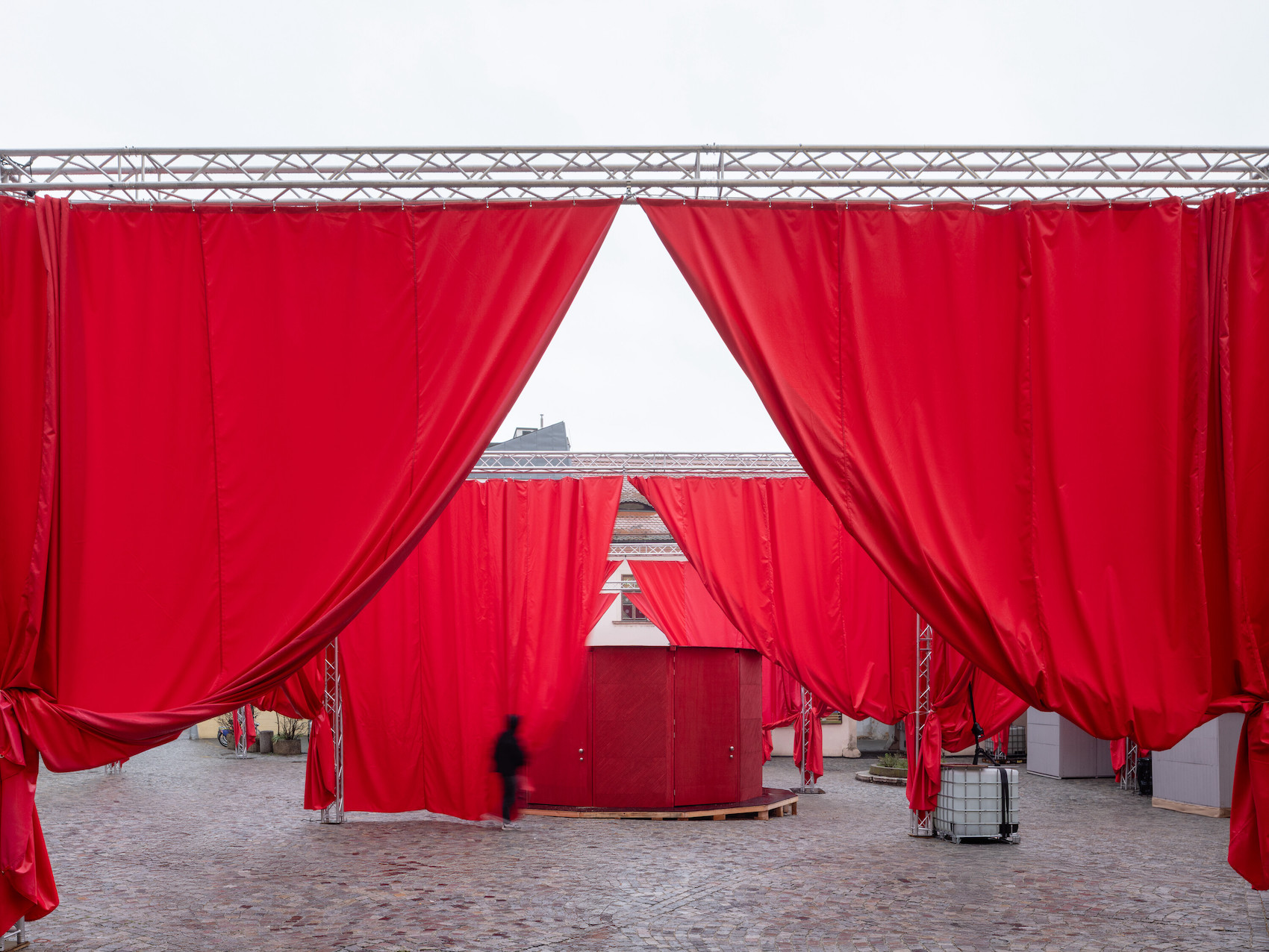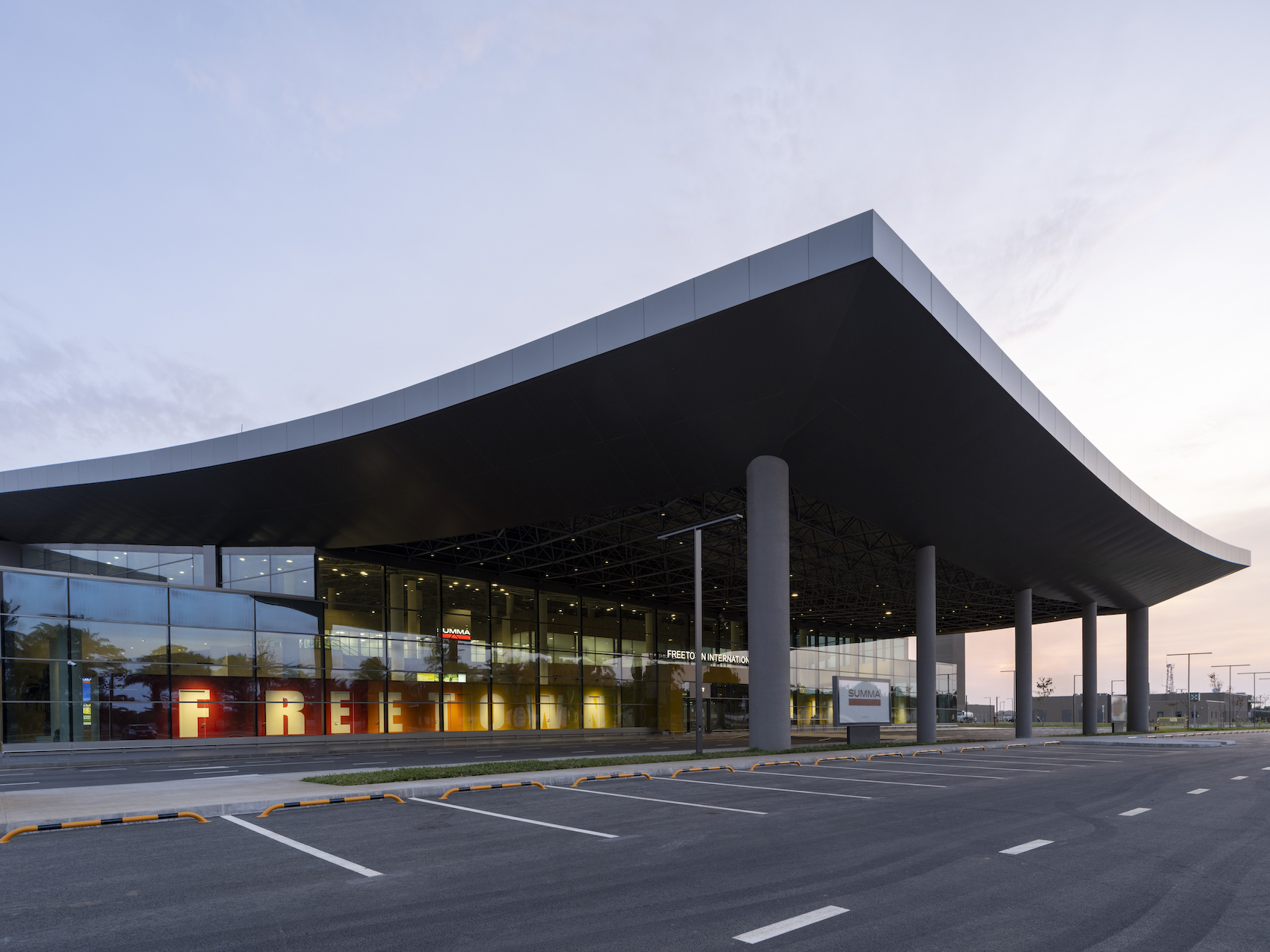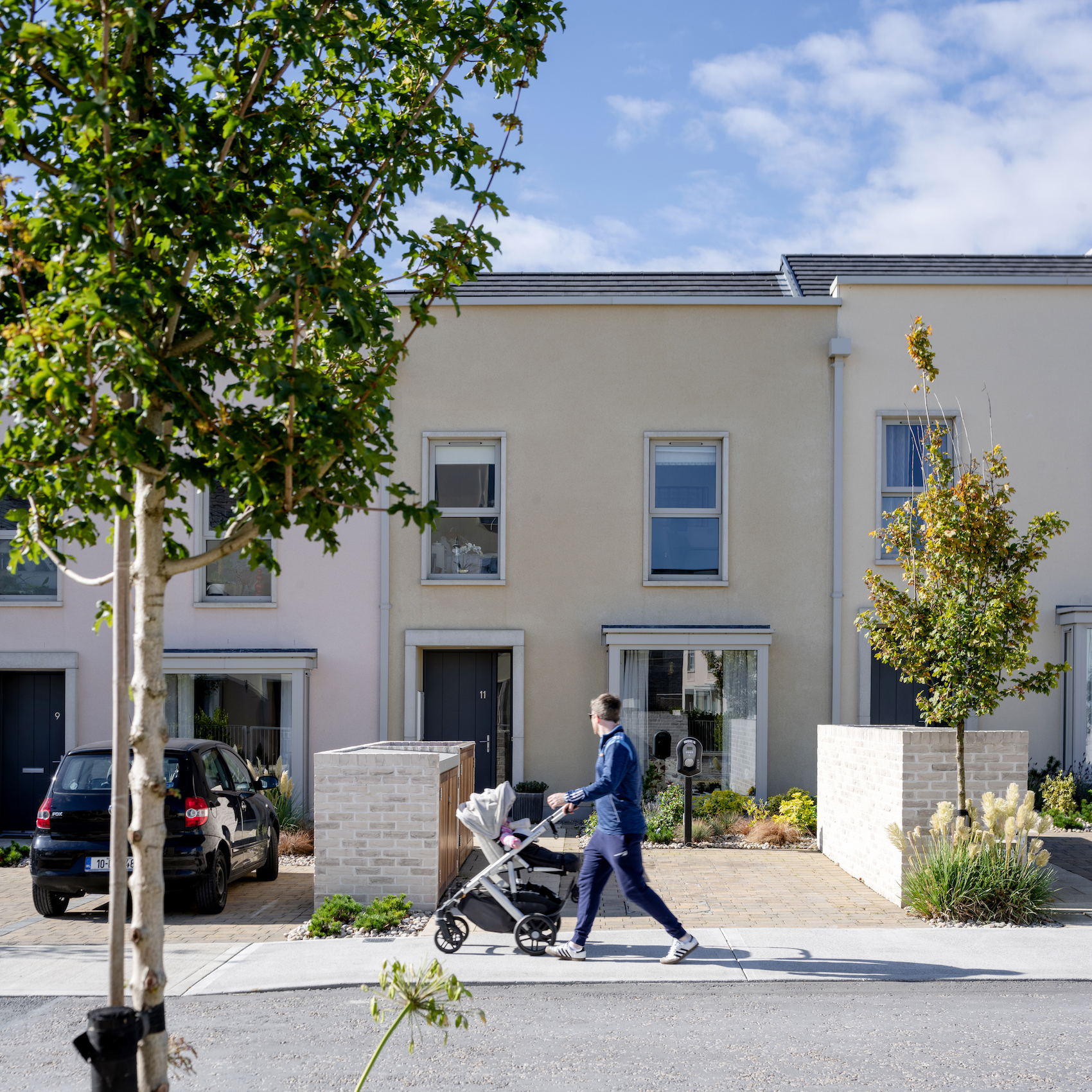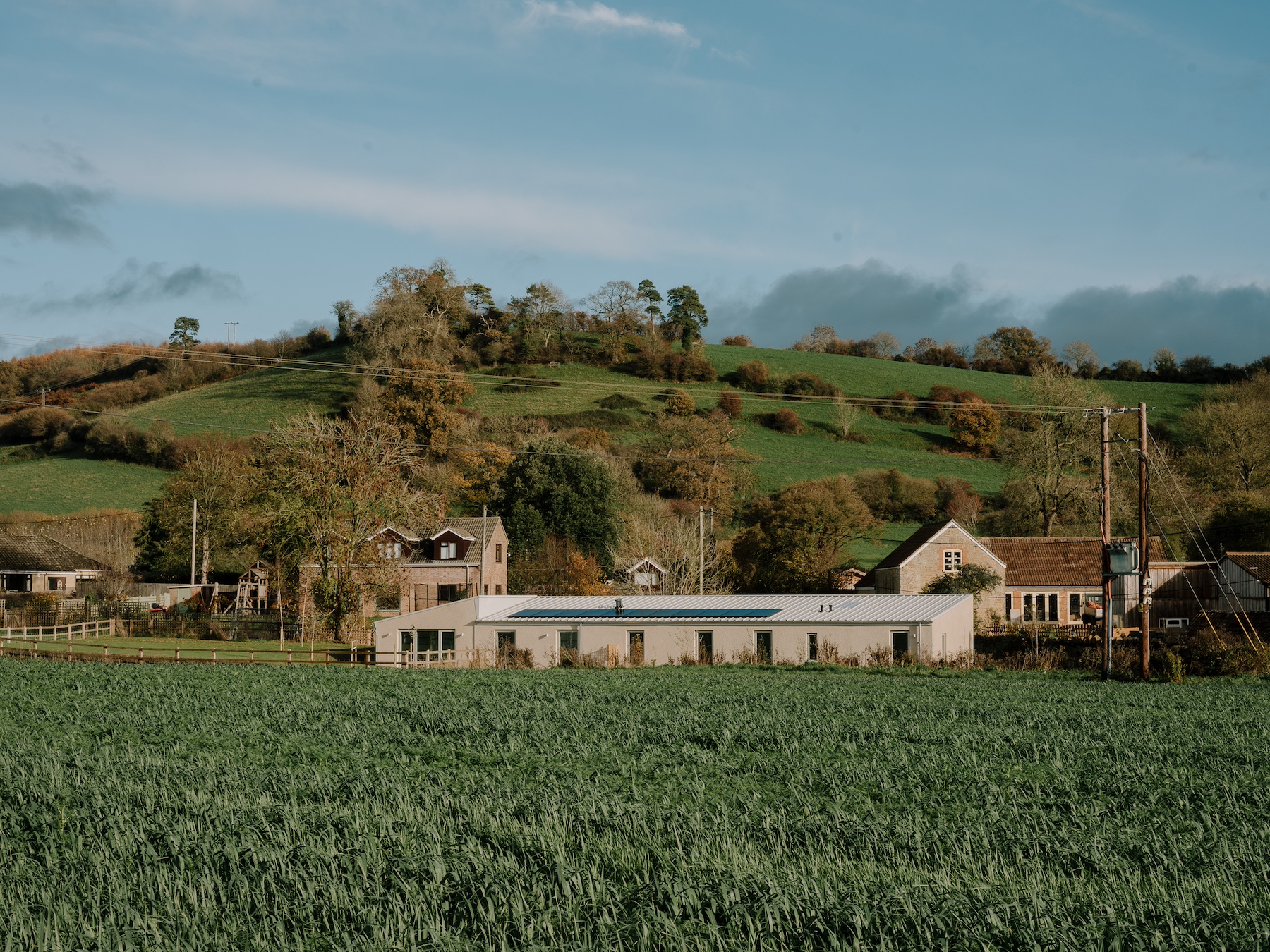In its 20th year the Irish Architecture Foundation chose ‘Future Heritage’ as the theme for Open House Dublin. AT asks Emmett Scanlon, Director of IAF, how the festival has evolved to reflect contemporary Irish cities, and what’s still left to see following the festival’s opening week.

What were some of your key highlights from this year’s Open House Dublin?
The programme of Open House Dublin 2025 celebrating our 20th year, with a theme of Future Heritage, felt city and county-wide, yet local and intimate. We opened the festival with Open House Junior, a perfect representation of Future Heritage as children mapped, built and imagined the Dublin they want to inherit, setting the tone for the festival, packed with workshops, hands-on model-making and city explorations.
Our visual campaign using photos by photographer Rich Gilligan, anchored itself on O’Connell Street using the street’s layered histories to frame Future Heritage. We saw that come alive on guided tours along O’Connell Street by writer Karl Whitney plus visits to the General Post Office (GPO) which has not been possible for some years. I love this about Open House – the IAF can bring people into places otherwise impossible to access!
Beyond Dublin’s well known buildings, new and changing districts drew big interest such as the Quayside Project, by Dublin City Council, designed by architects Urban Agency, which combines functionality, sustainability and public engagement on the River Liffey, an often neglected asset of our city. There were also tours such as From Fatima to Grand Canal Harbour exploring the remarkable transformation of the former Fatima Mansions. With over 200 events it’s hard to choose highlights, but I have to say commissioning artist Asbestos to make new work for Open House Junior was a real success. Best known for his street murals, his work is now moving into costume and performance, and he invented a character called SCALA, who had a costume made of political slogans and laments for Dublin, on top of which children built their new imagined buildings for Dublin. It was all the IAF hoped to be – critical, not afraid to raise issues in the city, but also fun, joyful and open to including people in complex discussions that are engaging and enjoyable.
Dublin is made up of four districts – we are really proud this year that we hosted a conversation, Main Street Matters, between the four City Architects in charge of these. This is the first time this has happened in a public setting, and was a real highlight.
Finally, reopening IAF House, our temporary venue for architecture for the second year running at Charlemont Square as a free, public venue gave the festival a hub with exhibitions, talks and workshops continuing beyond the festival open until November 30th.
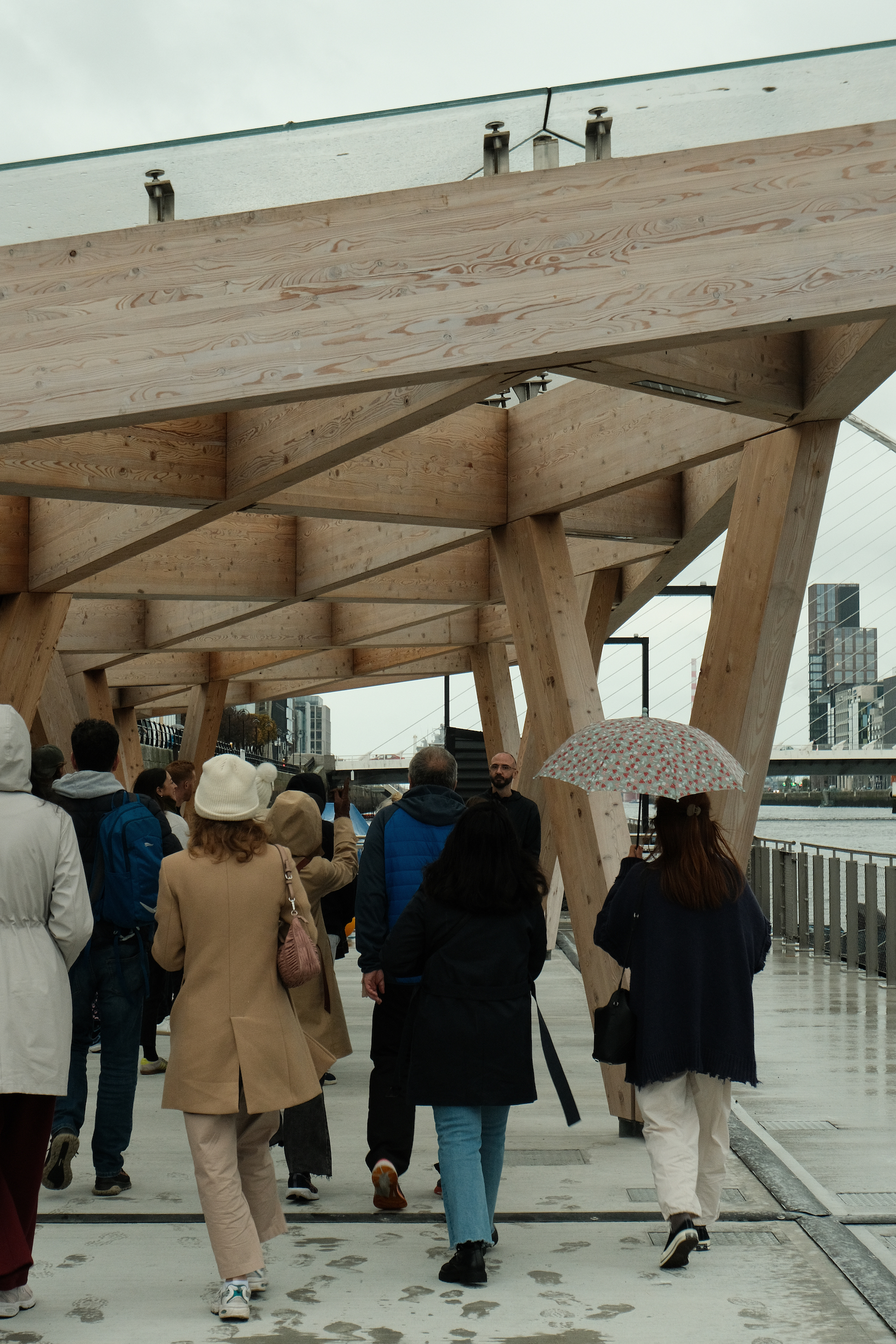
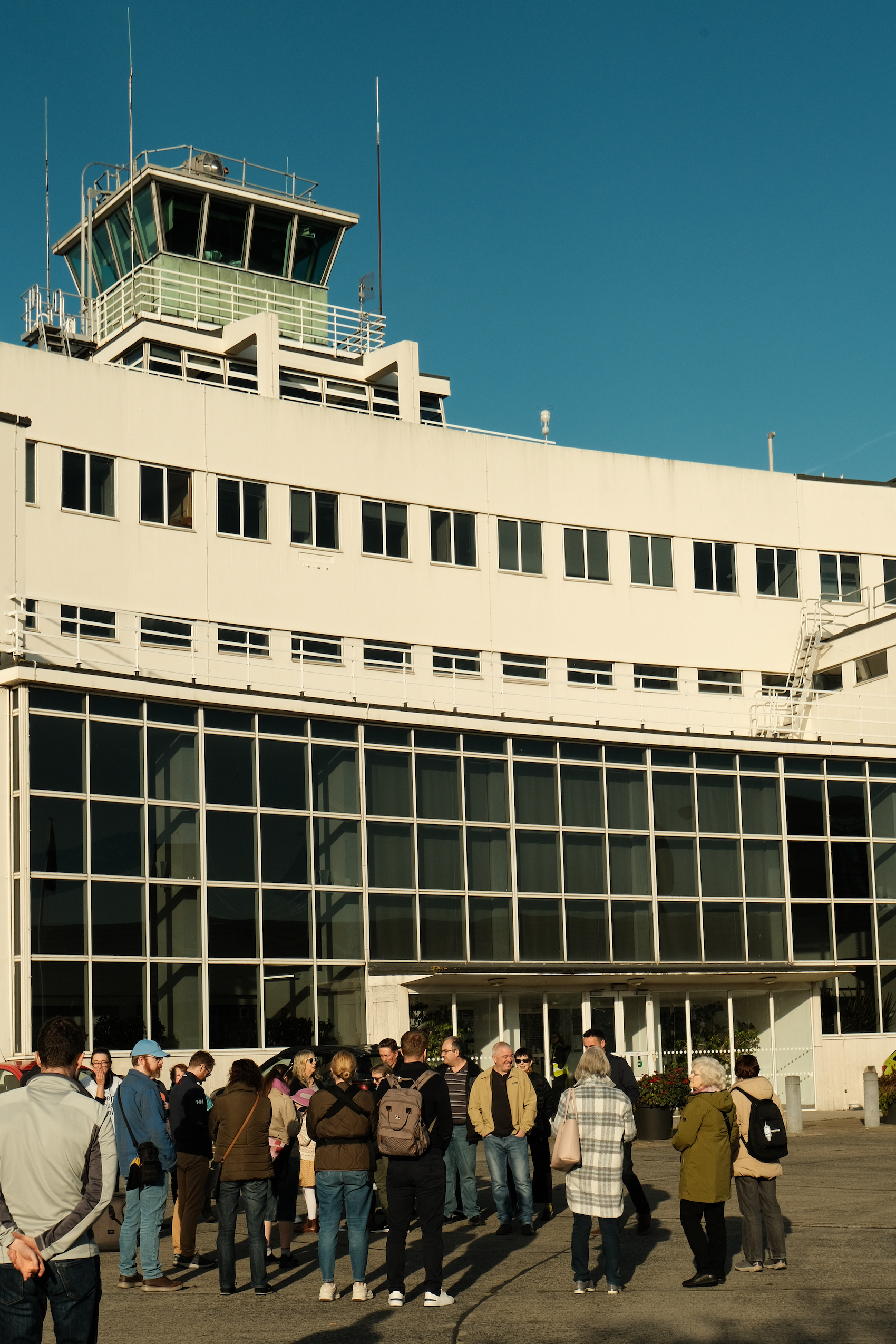
Left: Quayside project tour.
Right: Dublin Airport Old Central Terminal tour.
Why did you choose Future Heritage as a theme and how did contributors respond?
Future Heritage was chosen to examine what we protect, adapt or reuse in response to social, environmental and technological change. It aligns with the Open House Europe network’s shared 2025 theme, so our colleagues across Europe are also addressing this theme which is very exciting for IAF. Contributors responded by treating heritage as a verb: from walking O’Connell Street’s contradictions to family programmes asking young Dubliners to imagine tomorrow’s city in our SCALA workshop with artist Asbestos through to our Open Table series of lunchtime conversations exploring topics such as diversity, diaspora and democracy.
Open Table on the topic of Diversity at Open House Dublin 2025.
How did the festival reflect the current state of the architecture and construction industries in Ireland? Did any particular challenges emerge for discussion and were any interesting solutions proposed?
Conversations and workshops consistently surfaced three sector realities:
1. Housing & liveability pressures were addressed through neighbourhood-scale tours and new housing visits, highlighting careful densification and community-first thinking.
2. Retention, retrofit and circularity were a focus, from the GPO and Dublin Airport’s Old Central Terminal Building (OCTB) tours to the HouseEurope! talk and exhibition, the programme showed how adaptive reuse can unlock value while lowering carbon, arguing against demolition-as-default. We also had a great talk with Belgian architect An Fonteyne who showed a packed house that reuse can be beautiful and serve society so well, socially, as well as environmentally.
3. Main-street and public-realm repair were topical with O’Connell Street acting as both symbol and testbed. Conversations and walks explored how we reconcile conservation, new development and everyday city life. A popular talk with the four City Architects centred on Main Street Matters also explored this.
Across these three topics, proposed solutions leaned towards the pragmatic – policy that rewards reuse, design-led public realm improvements and participatory neighbourhood processes, ideas reflected in our exhibitions and the City Architect-led walking series.
An Fonteyne in conversation with Ludwig Engels.
What do you hope the impact will have been from this year’s festival?
We hope the festival helped shift how we all value the built environment. We asked people to question why demolition instead of reuse? We invited them to look at one street, O’Connell Street in detail, accepting the social challenges there but also realising it is a street comparable to any great capital city around the world. We invited people to get involved and engaged, to have their say, as we want to build a more active culture of participation and discussion. Our open-access model, free and bookable where needed, and the IAF House programme aims to carry that momentum beyond the festival nine days, keeping architecture in mainstream cultural conversation.

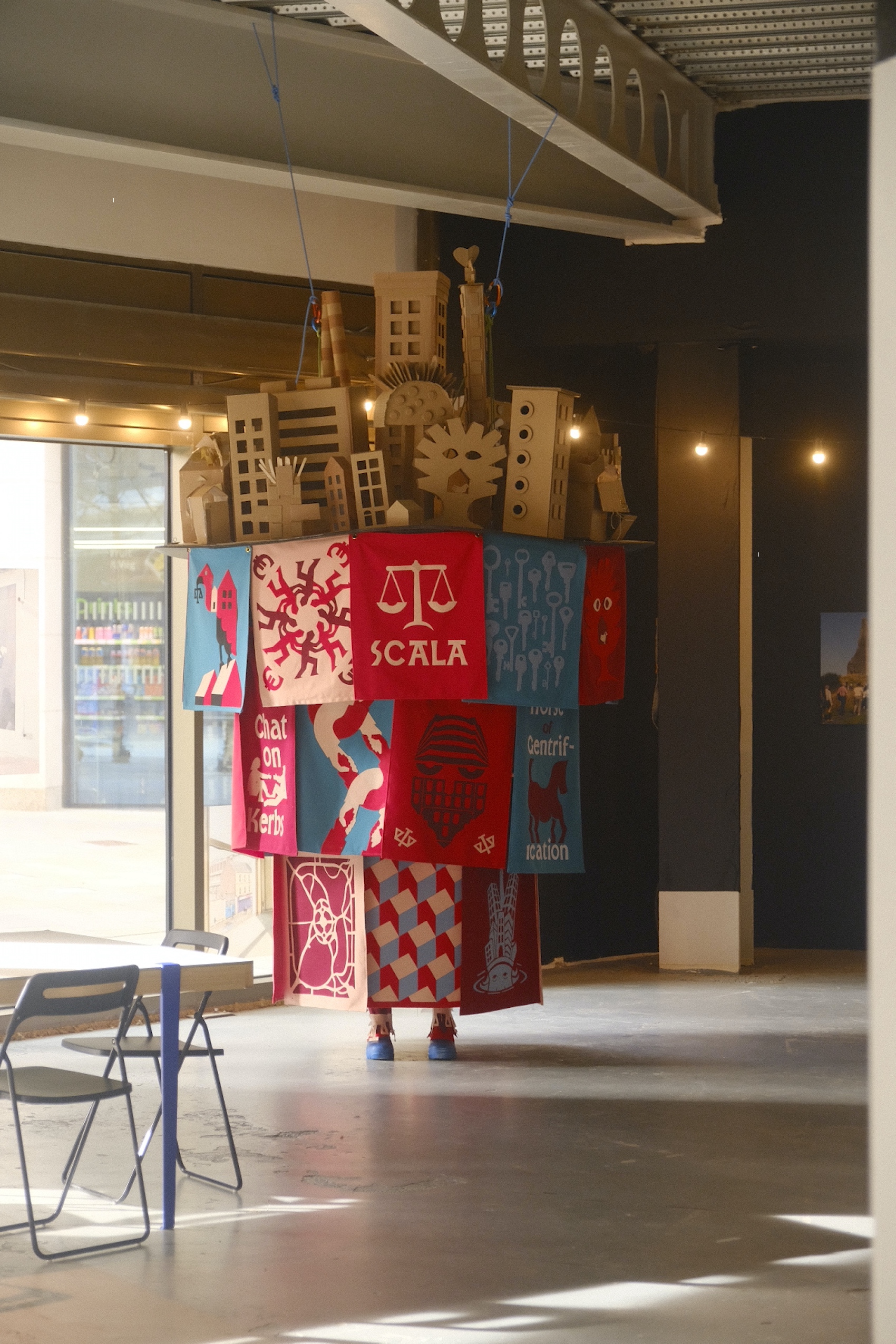
SCALA installation at IAF House, Dublin, and SCALA workshop with artist Asbestos for Open House Junior.
Irish cities are, in some ways, very different places to what they were 20 years ago. How has Open House Dublin changed to reflect this?
Twenty years on, the festival reflects a more diverse, more dense and more contested Dublin. We’ve expanded from behind-the-door building tours to also realising people want to know how buildings happen and how decisions are made. Open Studios and our Open Table programmes are two examples of how we put people in contact with professionals, to give space and time to be curious and to ask questions. As an international city, we have also expanded our international programme at Open House, inviting speakers year on year. No Irish city exists without reference to the world now.
We also now run a festival hub at IAF House with exhibitions and talks before and after the festival and we collaborate across the Open House Europe network to share ideas and raise ambition.
Following festival week, what’s still on that you would recommend seeing?
IAF House remains open through 30 November with three exhibitions that extend the Future Heritage conversation:
To Not Design Is To Cost The Earth – This exhibition of drawings and photographs champions the value of architecture and design through the work of many public and private sector architects working today in Ireland and elsewhere.
HouseEurope! – IAF is proud to partner with Islander Architects to present the work of HouseEurope!, an award-winning activist organisation campaigning to change European law to prevent unnecessary demolition of existing buildings.
Mise Le Meas – Curated by Dawna Collective, this exhibition presents work by young people who have left Dublin behind to find work or another life. Looking at their lives through architecture, they ask what factors drive young people away and what about Dublin still haunts them?
